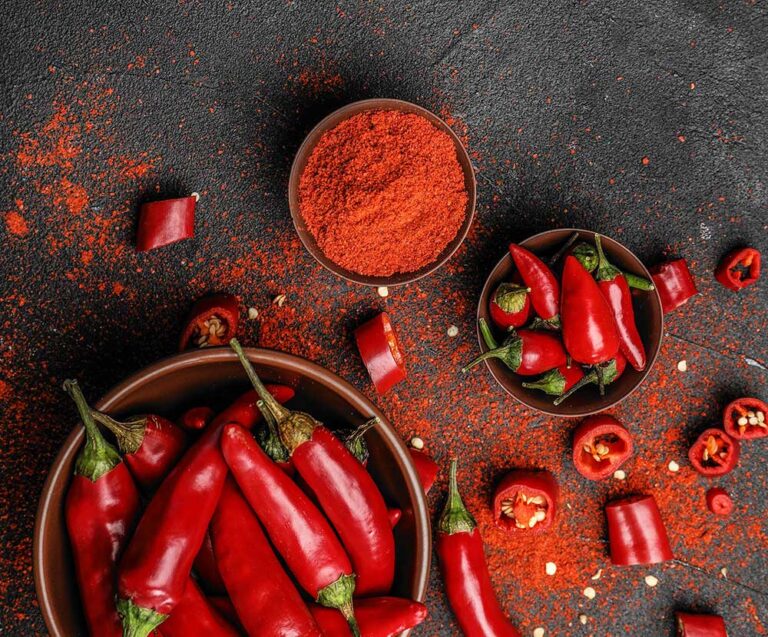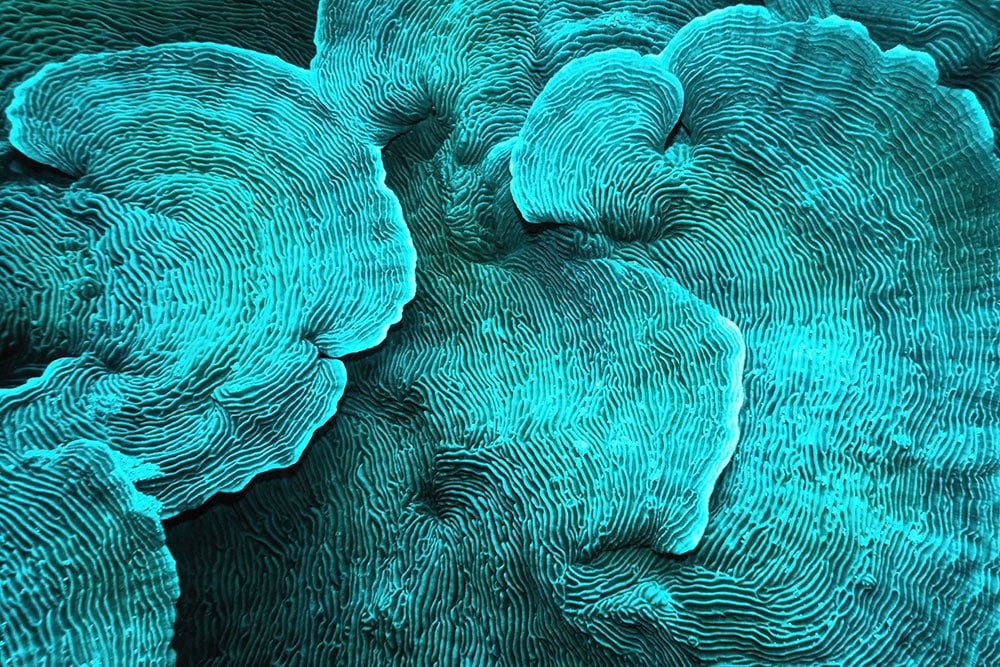The Pepper Whisperer and his Spectroscopic Wand: How Science Makes Your Snacks Sing
- Food & Beverage
- Howard Frank

Ever bitten into a burger that exploded with smoky chipotle zing, only to later discover it was secretly infused with the ghost pepper’s fiery wrath? Welcome to the thrilling world of flavor creation, where companies like Kalsec weave magic with spices, extracts, and a dash of science. But how do they ensure their chili heat is just right, or their vanilla whispers sweet nothings? Enter Uwe Nienaber, the Quality Control Jules Verne, armed with a laser-powered weapon called the Aqualog®.
Kalsec, the “Kalamazoo Spice Extraction Company” isn’t your average Mrs. Dash operation. They’re the hidden heroes behind hundreds of your favorite snacks, dressings, and beverages, the silent orchestra conducting the symphony of your taste buds. But with great flavor comes great responsibility, and that’s where Nienaber steps in.
Think of him as the spice guardian, ensuring every ingredient whispers its intended flavor through a series of tests. His usual tools of the trade? Chromatography, a method as complex as its name suggests. Imagine painstakingly separating flavors like sorting Skittles by color while blindfolded. Not exactly efficient, especially when dealing with hundreds of samples.
Then, a beacon of light emerged: the Aqualog. This laser-wielding wonder uses fluorescence, a technique that makes molecules glow like tiny disco balls when hit with specific light. By analyzing its absorbance, transmission and fluorescence EEM “glow signatures,” the Aqualog can identify and measure specific compounds in seconds, ditching the chromatography marathon.
Now, Nienaber isn’t about throwing away perfectly good spice analysis tools. Chromatography is still his trusty steed, but the Aqualog is like a sleek motorcycle for quick recon missions. He’s using it to tackle tricky capsaicinoids, the fiery compounds in chili peppers, responsible for that delightful (or terrifying) burning sensation.
Here's the twist: different pepper parts have different heat levels. Seeds are chill (literally), but the placenta around them packs a punch. Traditionally, Nienaber would meticulously separate these parts with chromatography, but the Aqualog lets him analyze them directly, like a laser-guided spice radar.
And it gets cooler (pun intended). The Aqualog doesn’t just identify capsaicinoids, it differentiates three types with slightly different structures. This is like being able to tell the difference between a jalapeño’s playful heat and a habanero’s fiery tango, crucial for ensuring consistent flavor (and preventing accidental Scoville unit meltdowns).
But Nienaber isn’t just playing with peppers. He’s testing the Aqualog on their entire spice arsenal, from smoky paprika to delicate vanilla extracts. The goal? To create a “flavor library” where the Aqualog can instantly recognize any spice and its intensity, streamlining quality control and potentially saving time and money.
This isn't just about efficiency though. Nienaber sees the Aqualog as a gateway to a more sustainable future. Chromatography often guzzles solvents and requires frequent maintenance, like a high-maintenance diva. The Aqualog, on the other hand, is practically a minimalist monk, requiring minimal upkeep and no harmful chemicals.
So, the next time you take a bite of a perfectly seasoned dish, remember the unsung heroes like Nienaber and his laser-powered spice detective, the Aqualog. They’re working tirelessly to ensure your taste buds have a delicious, safe, and sustainable adventure with every flavor encounter. After all, the world deserves more flavorful food, not just more chromatograms.


